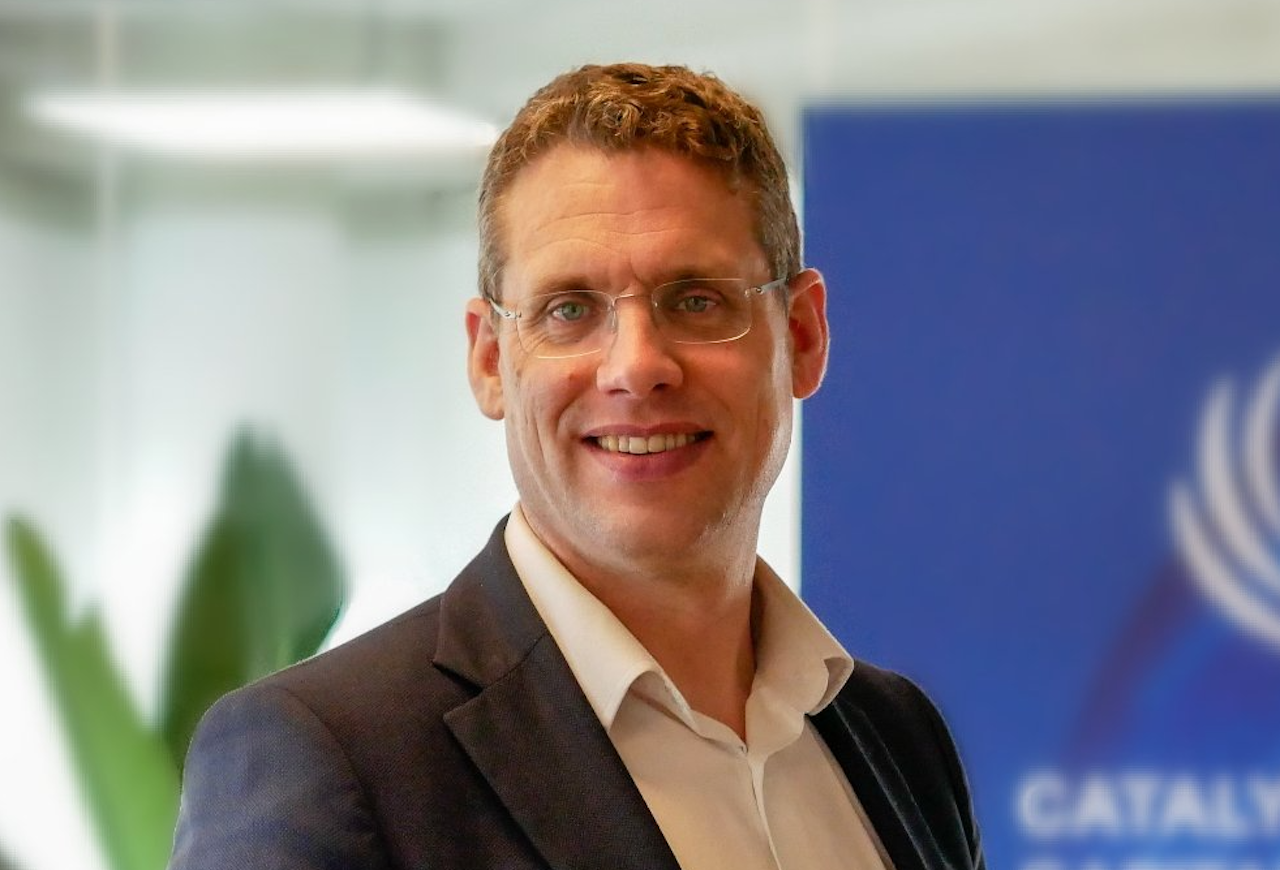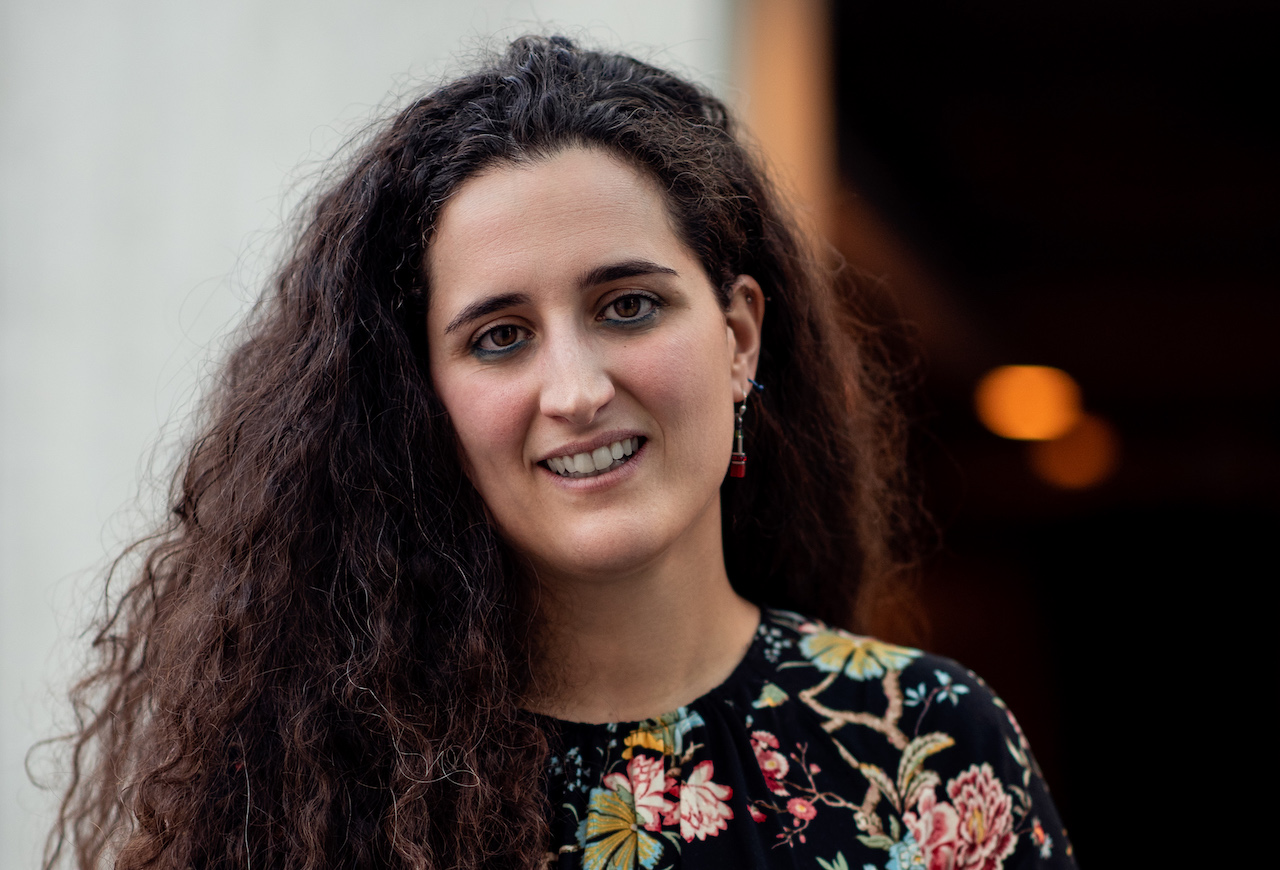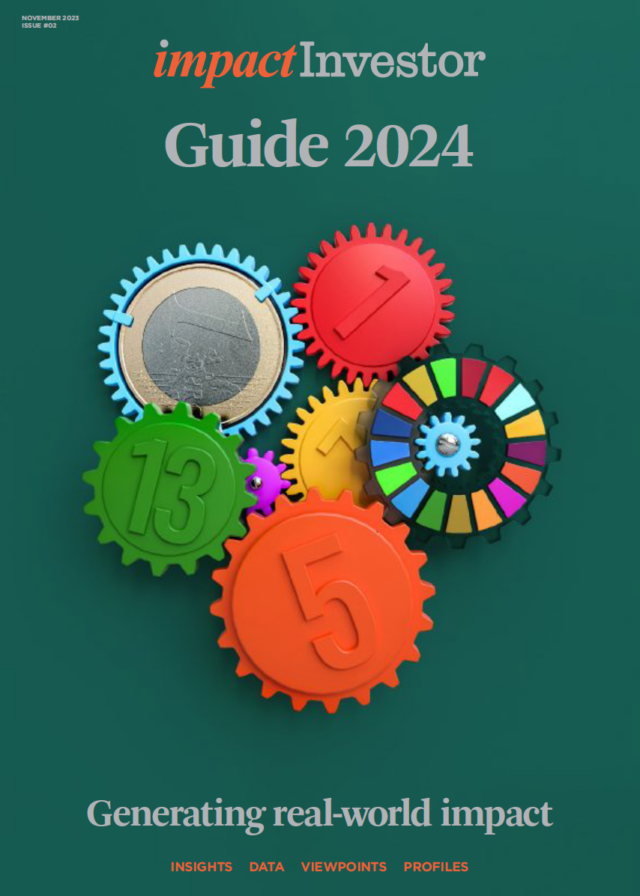Despite the challenging global economic landscape and heightened geopolitical uncertainties, interest in impact investing is on the rise.

to their portfolios | Wanan Yossingkum on iStock
High interest rates, global economic and political uncertainties and the resulting difficult business conditions have not been an ideal backdrop for impact investment, or indeed investment in general, over recent months.
However, the sector continues to mature, offering diverse investment products and opportunities to those that do have funds available to invest, and the push is on to persuade large financial institutions to view their wider portfolios through an ‘impact lens’.
For now, impact investing is a well-established, but still niche part of the overall investment market. The Global Impact Investing Network (GIIN) has estimated the world’s impact investing market to be worth over $1trn (€914bn).
The market is expected to expand rapidly in the future, even if there is evidence of a temporary retrenchment this year. A Morningstar third quarter 2023 report found that Article 8-classified green funds in Europe “continued bleeding money” over recent months, while the amount of funds attracted to Article 9 funds, the greenest classification, had hit “a new low”.
Nevertheless, impact and sustainable investment, while hardly flying high in recent months, has proved to be more resilient than some other investment categories, in part because it often targets less volatile economic sectors with good long-term growth prospects.

“In impact investing, you typically have more funding in the healthcare space and agri-food, for example, and those are very robust sectors to invest in, even with a very uncertain macro-economic climate, because health issues are rising due to the ageing population in most of the West, and we have a growing global population that needs to eat,” says Dirk Meuleman, CEO of Dutch-based impact investing consultancy Phenix Capital Group, who has provided the data on impact funds used in this report.
Mainstream acceptance
Those leading the drive towards wider adoption of sustainable investment criteria by financial institutions, believe asset owners with experience in handling niche impact strategies are well placed to expand an impact lens across their whole portfolios. Amit Bouri, CEO of the GIIN, calls for “impact to become part of all investing”. Bouri talks in more detail about expanding “impact thinking” across the financial system in an interview also included in the Impact Investor Guide 2024.
However, this is unlikely to happen overnight, but a growing number of asset owners are actively looking at applying some form of impact assessment to their wider portfolios.
Kieron Boyle, CEO of the UK-based Impact Investing Institute, the country’s national advisory board for impact investment, says the integration of impact investing principles into traditional or mainstream investment practices is on the rise, a trend reflected in the growing number of impact-focused products and services being launched by large financial institutions and asset managers.

“This mainstream acceptance is a testament to the growth of the impact investment sector. Just a few years ago, we were talking of impact investment being in the billions. It’s now in the trillions. That’s a meaningful amount on the global stage. At the same time, impact investment is still less than 1% of the world’s financial markets, so there is still a long way to go,” he says.
One driver for change is the EU’s regulatory push towards measuring the entire impact of a portfolio on sustainability issues, along with increasingly demanding reporting requirements for institutions under the EU’s Sustainable Finance Disclosure Regulation (SFDR). Challenges remain in this regard. One is confusion over the terms of the EU’s green taxonomy — currently subject to another stakeholder consultation in an attempt to clarify it. Another is the act of acquiring impact data from a diverse range of sources.
“It’s not easy to do, because getting data from the fund manager remains difficult, and you have to use a lot of proxies, but I do think we’ll see more and more players move toward doing this,” says Meuleman.
Pension funds look at impact
Pension funds are among key institutions rethinking their approach to impact investing across asset classes, which has traditionally been con-strained by a narrow legal interpretation of fiduciary duty. That has led pension funds seeking to act in the best interests of their members to focus more on maximising short-term financial returns, than on positive social and environmental impact, even if pension holders may favour a more impact-led approach that could be beneficial in the longer-term for their pension pot, wellbeing and the planet.
“While it sounds quite technical, reform of fiduciary duties is practically one of the most important questions of our time,” says Boyle.
If funds become more comfortable with a broader interpretation of fiduciary duty, then billions of dollars of new impact-oriented investment could be unlocked.
Some significant players in the pension funds industry have recently been talking positively about applying an impact lens more widely across their investments, such as the Ontario Teachers Pension Plan (OTPP) in Canada, which has around €175bn of net assets, and Dutch not-for-profit pension fund service provider PGGM, which manages some €230bn in assets for its clients.
OTPP has been looking at ways for its members to have the opportunity to make investments across all asset classes that would improve outcomes for people and the planet, while PGGM recently changed its strategy to integrate risk, return and impact more closely, increasing the role of impact goals more in its investment process.
“Having worked with pension funds, their consultants, and advisors over the last four years, we have seen an increased appetite for impact investing,” Boyle says. He says what is possible is shown by a £40m investment by Border to Coast — which manages investments of like-minded UK local government pension funds with combined assets of £60bn — in a renewable energy plant in central England powered by locally sourced straw, as well as sustainable woodchip.
Collaboration key to success
Alessia Gianoncelli, director of knowledge and programs at Impact Europe, the European investing for impact network, believes investors across public and private institutions and companies need to work together more closely if the funding deficit for meeting the UN Sustainable Development Goals (SDGs) is to be narrowed significantly.

“We need to encourage collaboration between different types of investors and look at all the innovative financing mechanisms and tools they offer, like blended finance, which can bring together those with differing appetites in terms of financial returns,” she says.
Where that investment is headed is another concern. Gianoncelli says there is a danger that climate-related investment will dominate the agenda at the expense of social impact. “We need to make sure that the social component is well reflected in regulation, and not to forget that, in order to have a just transition, we also need to keep the focus on the S in ESG,” she says.
Boosting the amount of investment into emerging markets is another priority, especially for urgently needed energy, transport and other infrastructure projects, which struggle for finance. Phenix Capital recently reported that only 19% of the infrastructure funds in its impact database focus on emerging market infrastructure, while the other 81% target global and developed markets, for instance.
It is a problem development finance institutions are already addressing through blended finance structures to reduce risk for private investors, and there could be room for them to do more.
“I think there’s a role for development finance institutions when they change their mandate to see if they can make some of their portfolio available for others, or whether they can syndicate some of it out,” says Phenix Capital’s Meuleman.

This article is part of the editorial content of the Impact Investor Guide 2024. You can download a digital copy of the guide here.





